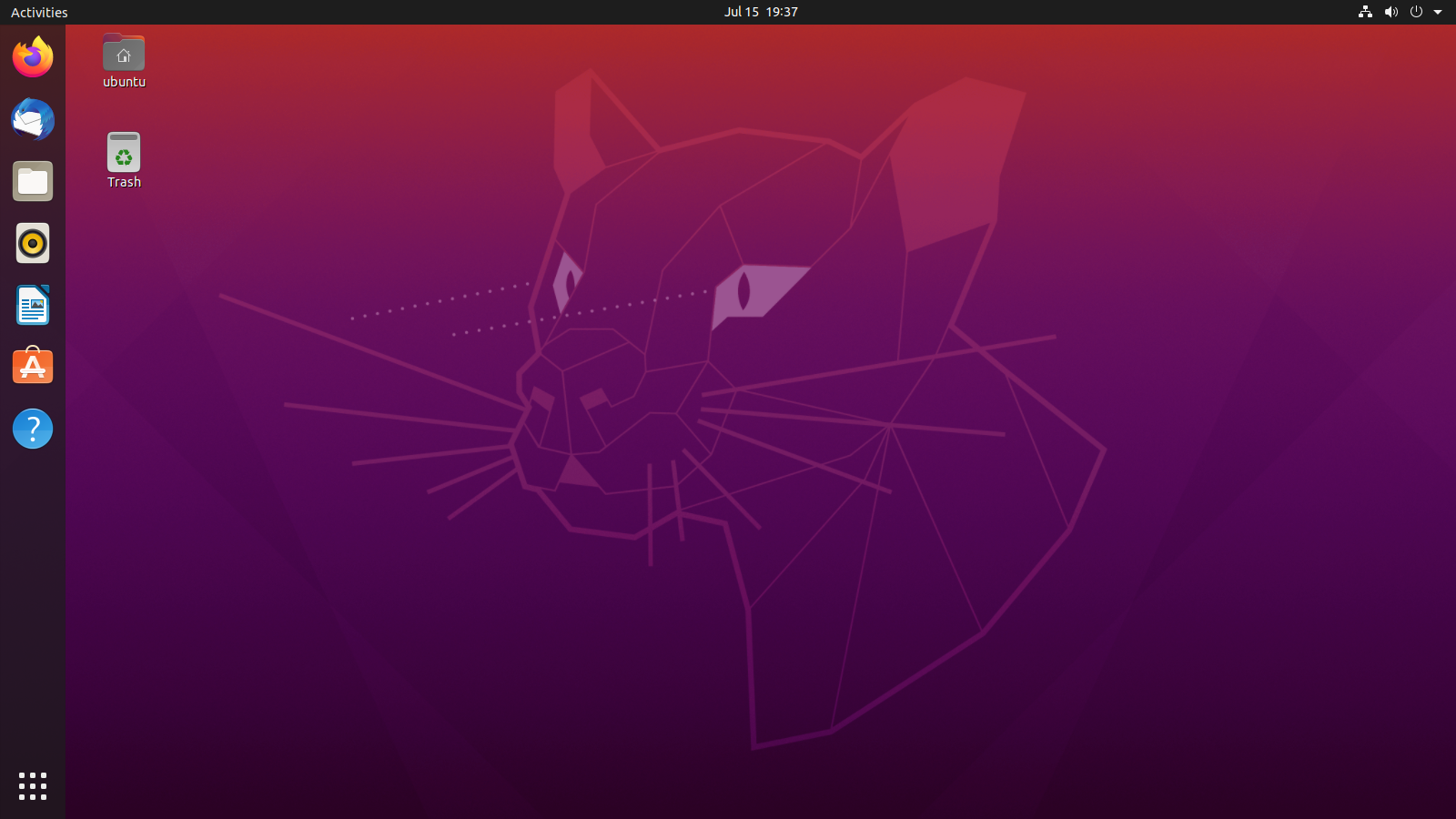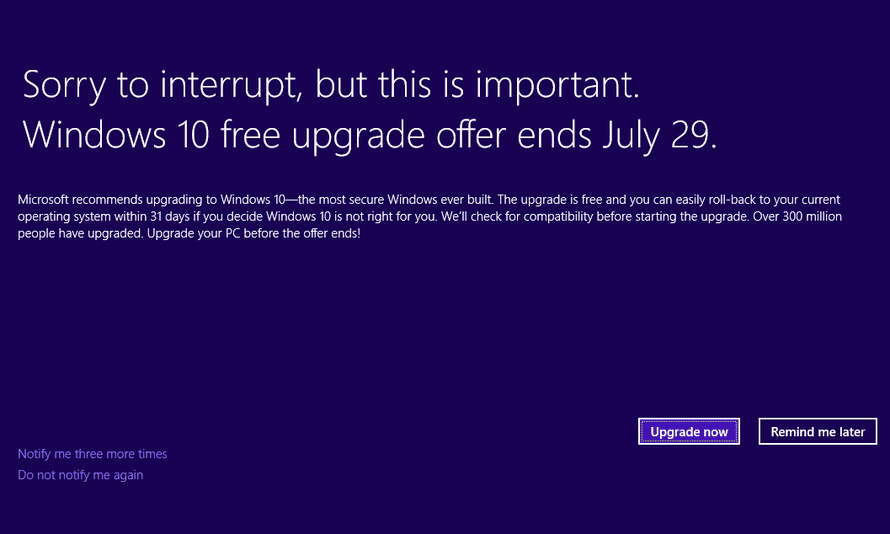- Last SunTech Days here in the Philippines Sun Microsystems demonstrated Solaris 10 to everyone using laptops made from Sun Microsystems. I've checked their website but I couldn't find one.
- Product Title 3703414-05 - SUN 3703414-05 18.0GB Fujitsu MAA3182SC 7200RPM SCSI 80PIN HDD Average Rating: ( 0.0 ) out of 5 stars Current Price $74.39 $ 74.
- Sun Microsystems Laptops & Desktops Driver Download For Windows 10 Windows 7
- Sun Microsystems Laptops & Desktops Driver Download For Windows 10 32-bit
- Sun Microsystems Laptops & Desktops Driver Download For Windows 10 Laptop

Sun Microsystems. Laptop & Desktop. Get the latest technology and smart storage in a laptop PC & High Performance Desktop Pcs Powered By Intel Core. Printers & Scanners.
The SPARCstation, SPARCserver and SPARCcenter product lines are a series of SPARC-based computer workstations and servers in desktop, desk side (pedestal) and rack-based form factor configurations, that were developed and sold by Sun Microsystems.
The first SPARCstation was the SPARCstation 1 (also known as the Sun 4/60), introduced in 1989. The series was very popular and introduced the Sun-4c architecture, a variant of the Sun-4 architecture previously introduced in the Sun 4/260. Thanks in part to the delay in the development of more modern processors from Motorola, the SPARCstation series was very successful across the entire industry. The last model bearing the SPARCstation name was the SPARCstation 4. The workstation series was replaced by the Sun Ultra series in 1995; the next Sun server generation was the Sun Enterprise line introduced in 1996.
Models[edit]
Desktop and deskside SPARCstations and SPARCservers of the same model number were essentially identical systems, the only difference being that systems designated as servers were usually 'headless' (that is, configured without a graphics card and monitor), and were sold with a 'server' rather than a 'desktop' OS license. For example, the SPARCstation 20 and SPARCserver 20 were almost identical in motherboard, CPU, case design and most other hardware specifications.
Most desktop SPARCstations and SPARCservers shipped in either 'pizzabox' or 'lunchbox' enclosures, a significant departure from earlier Sun and competing systems of the time. The SPARCstation 1, 2, 4, 5, 10 and 20 were 'pizzabox' machines. The SPARCstation SLC and ELC were integrated into Sun monochrome monitor enclosures, and the SPARCstation IPC, IPX, SPARCclassic, SPARCclassic X and SPARCstation LX were 'lunchbox' machines.
SPARCserver models ending in '30' or '70' were housed in deskside pedestal enclosures (respectively 5-slot and 12-slot VMEbus chassis); models ending in '90' and the SPARCcenter 2000 came in rackmount cabinet enclosures. The SPARCserver 1000's design was a large rack-mountable desktop unit.
Later versions of the SPARCstation series, such as the SPARCstation 10 and 20, could be configured as multiprocessor systems as they were based on the MBus high-speed bus. These systems could accept one or two single or dual central processing units packaged in MBus modules.
Until the launch of the SPARCserver 600MP series, all SPARCstation/server models were also assigned Sun 4-series model numbers. Later models received S-prefix model numbers.
Models are listed within their category in approximately chronological order.
'Pizzabox' systems[edit]
| Name | Model | Codename | Platform | CPU | CPU MHz | RAM (max) | Announced | End of Sales | End of Support |
|---|---|---|---|---|---|---|---|---|---|
| SPARCstation 1 | 4/60 | Campus | sun4c | Fujitsu MB86901A or LSI L64801 | 20 MHz | 64 MB | April 1989 | May 1999 | |
| SPARCstation 1+ | 4/65 | Campus B | sun4c | LSI L64801 | 25 MHz | 64 MB | May 1990 | May 1999 | |
| SPARCstation 2 | 4/75 | Calvin | sun4c | Cypress CY7C601 or Weitek SPARC POWER μP WTL 8601 | 40, 80 MHz | 128 MB | Nov 1990 | Dec 1999 | |
| SPARCstation 10 | S10 | Campus-2 | sun4m | SuperSPARC I/II or RosshyperSPARC | 33, 36, 40, 50, 60, 75, 80, 90, 100, 125, 150, 180, 200 MHz | 512 MB | May 1992 | Oct 1994 | Oct 1999 |
| SPARCstation 20 | S20 | Kodiak | sun4m | SuperSPARC I/II or Ross hyperSPARC | 50, 60, 75, 90, 100, 125, 150, 180, 200 MHz | 512 MB | Mar 1994 | Sep 1997 | |
| SPARCstation 5 | S5 | Aurora | sun4m | microSPARC II or Fujitsu TurboSPARC | 70, 85, 110, 170 MHz | 256 MB | Mar 1994 | Dec 1998 | |
| SPARCstation 4 | S4 | Perigee | sun4m | microSPARC II | 70, 85, 110 MHz | 160 MB | Feb 1995 | Jul 1997 | |
| SPARC Xterminal 1[Note 1] | S114 | Perigee | sun4m | microSPARC | 50 MHz | 128 MB | Feb 1995 |
- ^The SPARC Xterminal 1 was an X terminal, using the same enclosure as the SPARCstation 4, but a different motherboard. A board-swap upgrade to a SPARCstation 4 was also sold.
'Lunchbox' systems[edit]

| Name | Model | Codename | Platform | CPU | CPU MHz | RAM (max) | Announced | End of Sales | End of Support |
|---|---|---|---|---|---|---|---|---|---|
| SPARCstation IPC | 4/40 | Phoenix | sun4c | Fujitsu MB86901A or LSI L64801 | 25 MHz | 48 MB | Jul 1990 | Dec 1999 | |
| SPARCstation IPX | 4/50 | Hobbes | sun4c | Fujitsu MB86903, Weitek W8701, or Weitek SPARC POWER μP WTL 8601 | 40, 80 MHz | 64 MB | Jul 1991 | May 2000 | |
| SPARCclassic[Note 1] | 4/15 | Sunergy | sun4m | microSPARC | 50 MHz | 128 MB | Nov 1992 | May 1995 | May 2000 |
| SPARCstation LX | 4/30 | Sunergy | sun4m | microSPARC | 50 MHz | 128 MB | Nov 1992 | Jul 1994 | Jul 1999 |
| SPARCclassic X[Note 2] | 4/10 | Hamlet | sun4m | microSPARC | 50 MHz | 96 MB | Jul 1993 | May 1995 | May 2000 |
| SPARCstation ZX | 4/30 | Sunergy | sun4m | microSPARC | 50 MHz | 96 MB | Aug 1993 | March 1994 |
- ^The SPARCclassic was originally to be called the SPARCstation LC but was renamed shortly before launch to avoid confusion with the SPARCstation ELC.
- ^The SPARCclassic X was a stripped-down SPARCclassic (no hard drive or diskette drive, and only 4 or 8 MB of memory) sold as an X terminal. Kits were sold to upgrade it to a SPARCclassic.
Integrated monitor/portable systems[edit]
| Name | Model | Codename | Platform | CPU | CPU MHz | RAM (max) | Announced | End of Sales | End of Support |
|---|---|---|---|---|---|---|---|---|---|
| SPARCstation SLC | 4/20 | Off-Campus | sun4c | Fujitsu MB86901A, LSI L64801 or LSI LSIS1C0007 | 20 MHz | 16 MB | May 1990 | Nov 1996 | |
| SPARCstation ELC | 4/25 | Node Warrior | sun4c | Fujitsu MB86903 or Weitek W8701 | 33 MHz | 64 MB | Jul 1991 | Oct 1998 | |
| SPARCstation Voyager | S240 | Gypsy | sun4m | microSPARC II | 60 MHz | 80 MB | Mar 1994 | Dec 1995 | Dec 2000 |
Server systems[edit]
| Name | Model | Codename | Platform | CPU | CPU bus | CPU MHz | RAM (max) | Announced |
|---|---|---|---|---|---|---|---|---|
| SPARCserver 330 | 4/330 | Stingray | sun4 | Cypress CY7C601 | — | 25 MHz | 72 MB | |
| SPARCserver 370 | 4/370 | Stingray | sun4 | Cypress CY7C601 | — | 25 MHz | 72 MB | |
| SPARCserver 390 | 4/390 | Stingray | sun4 | Cypress CY7C601 | — | 25 MHz | 72 MB | |
| SPARCserver 470 | 4/470 | Sunray | sun4 | Cypress CY7C601 | — | 33 MHz | 96 MB | |
| SPARCserver 490 | 4/490 | Sunray | sun4 | Cypress CY7C601 | — | 33 MHz | 96 MB | |
| SPARCserver 630MP | S630 | Galaxy | sun4m | Up to four Cypress CY7C601 or SuperSPARC I | MBus | 40, 50, 60 MHz | 1 GB | Sep 1991 |
| SPARCserver 670MP | S670 | Galaxy | sun4m | Up to four Cypress CY7C601 or SuperSPARC I | MBus | 40, 50, 60 MHz | 2.5 GB | Sep 1991 |
| SPARCserver 690MP | S690 | Galaxy | sun4m | Up to four Cypress CY7C601 or SuperSPARC I | MBus | 40, 50, 60 MHz | 3.5 GB | Sep 1991 |
| SPARCserver 1000/1000E | S1000 | Scorpion | sun4d | Up to eight SuperSPARC I/II | XDBus ×1 | 40, 50, 60, 85 MHz | 2 GB | |
| SPARCcenter 2000/2000E | S2000 | Dragon | sun4d | Up to 20 SuperSPARC I/II | XDBus ×2 | 40, 50, 60, 85 MHz | 5 GB | |
| Cray Superserver CS6400 | CS6400 | SuperDragon | sun4d | Up to 64 SuperSPARC I/II | XDBus ×4 | 60, 85 MHz | 16 GB |
Note that the above configurations were those supported by Sun Microsystems. Various third-party processor upgrades were available for SPARCstation/server systems, for instance the 80 MHz Weitek POWER μP for the SPARCstation 2 or IPX, or the Ross hyperSPARC MBus modules rated at clock speeds up to 200 MHz. As mentioned above, some models listed as SPARCstations were also available in SPARCserver configuration and vice versa.
The CS6400 was developed by an outside group working cooperatively with, rather than competitively against, Sun Microsystems;[1][2] as a result, although sold by Cray Research as the 'Cray Superserver 6400', all of its components had Sun OEM part numbers and the machine was documented in Sun's System Handbook.[3] In 1996, when Cray Research was bought by Silicon Graphics, the CS6400 development group was sold to Sun, and released the 64-processor Sun Ultra Enterprise 10000 'Starfire' the following year.
Sun timeline[edit]
See also[edit]
References[edit]
- ^How the Sun Enterprise 10000 Was Born
- ^'Scaling Solaris for Enterprise Computing', Cray Users Group 1995 Spring Proceedings
- ^Sun System Handbook v2.1, 2003 March
External links[edit]

Sun Microsystems was an American company. Sun was endowed in Feburary, 1982. There were several Sun headquarters located in Santa Clara, California. The founders of Sun were Vinod Khosla, Andy Bechtolsheim, Bill Joy, and Scott McNealy. It had nearly thirty nine thousand employees by the year 2006. This association sold computers and computer based hardware and software products. Information technology services were also provided by the crew. The institution is most popularly known for the development of JAVA language. It also created the Solaris Operating System and the File System for Networks. Sun remarkably contributed in the development of various technologies including RISC, UNIX, client and virtualized computing.
And then in the year 2009 it was declared that Sun will be acquired by Oracle.
History
The first design of Sun workstation i.e. the Sun-1 was made by Andy Bechtolsheim during his graduation days as a network communication project for the Stanford University. It had the Motorola 68000 processor with an efficient technique for memory management. It supported the operating system UNIX and also had collar for virtual memory management. Then on February, 1982 Vinod Khosla, Andy Bechtolsheim, and Scott McNealy, discovered the Sun Microsystems. All of the developers were from Stanford University. Later Bill Joy also joined as the founder of Sun Microsystems. The sun got its name from the initials of the Stanford University Network. First quarter of Sun was made in 1982 itself, and it was profitable since then. By the year 1983 Sun was popularly known for producing around 68,000 system products with very high quality graphics. In the initial years of Sun's development it gained a lot of profit. The shares rose immensely and kept increasing each day. But Sun saw downfall in the year 2000 and kept on seeing loss since then.
Hardware
In the initial decade of Sun's discovery it was a low cost hardware product vendor. It used several different hardware based systems:
- Motorola based system: Sun used Motorola 68000 family processors. Sun 1 used 68000, Sun 2 used 68020 and Sun 3 used 68030.
- SPARC based system: With Sun 4 the company started using SPARC which was a RISC based processor. Sun has developed several series of the SPARC based computing.
- X86 based system: Later Sun started using systems based on x86.
Software
Sun was initially a hardware company but later started expanding its roots in the software industry as well, with one of its cofounder Bill being the leader UNIX developer at that time. Sun developed the java programming language and acquired software's such as MySql and Virtual Box.
Storage System
Sun started selling its own storage devices as well and made several storage related acquisitions.
Sun Microsystems Laptops & Desktops Driver Download For Windows 10 Windows 7
Sun and Java
Sun Microsystems Laptops & Desktops Driver Download For Windows 10 32-bit
Sun is popularly known as the developer of the Java language. Java was founded by JAMES GOSLING who worked with Sun for 26 years. In the year 1982, first version of java was launched named as 'OAK'; it was renamed as java later. Sun received high amount of popularity with the development of this language as java is widely used since then and is one of the best languages available.

Acquisition by Oracle

Oracle Corporation acquired Sun in 2009. Later that year Sun fired thousands of its employees complaining about delays. Sun was fully acquired by Oracle in January 2010. In January 2011 Oracle paid $46 million to a company to which Sun gave false claims. In February 2011 Sun's California campus was sold. All later Sun campuses came under story.
This was all about the immense empire that came, raised, fell and then was laid in hands of others.
Sun Microsystems Laptops & Desktops Driver Download For Windows 10 Laptop
This is a blog on Sun Microsystems.
